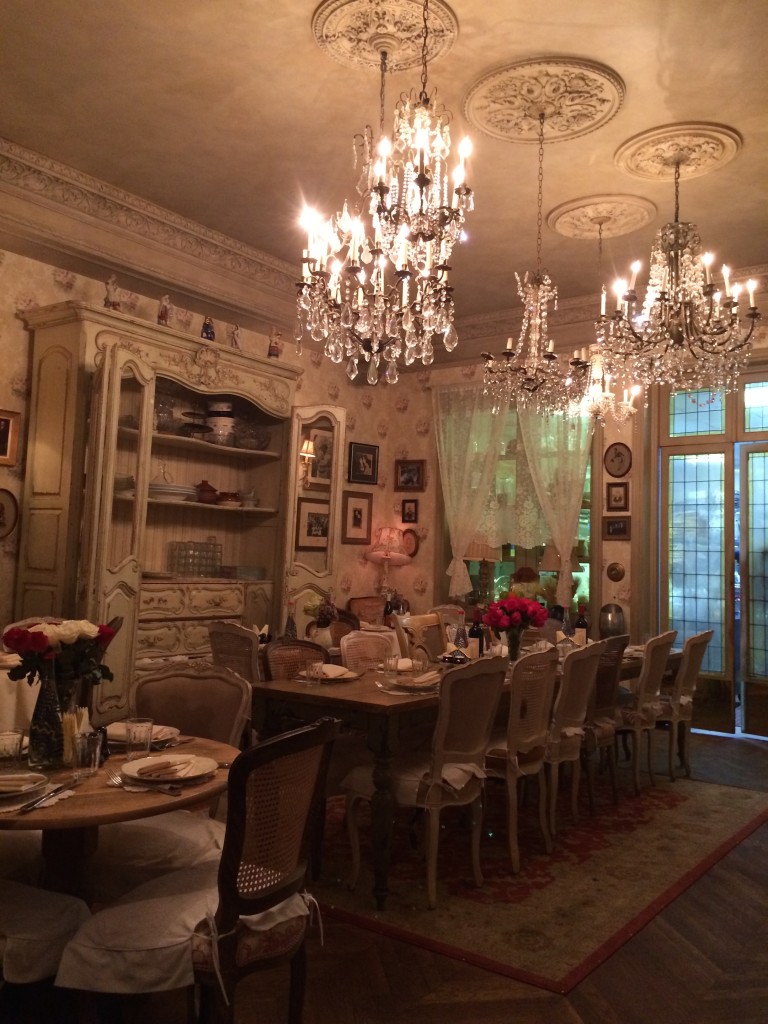 *Given Russia’s prominence in the news and the murder of Boris Nemtsov, we have a few more “All Things Russia” posts for this week! See links below.
*Given Russia’s prominence in the news and the murder of Boris Nemtsov, we have a few more “All Things Russia” posts for this week! See links below.
If it hadn’t been for the Cold War, Darra Goldstein’s A Taste of Russia (1983) would likely have received a favorable review in The New York Times.
In fact, the Times had scheduled to run a piece doing just that, until, Goldstein writes, “as luck would have it, the Soviets shot down the KAL jetliner on publication day, accelerating hostile sentiments”, thereby halting publication of the review.
Published during Ronald Regan’s presidency in 1983, when the U.S. and Soviet Union were “still locked in the Cold War”, Goldstein’s book provides a plethora of historic information and recipes on Russian cuisine, featuring everything from borsch to blini. Read more

